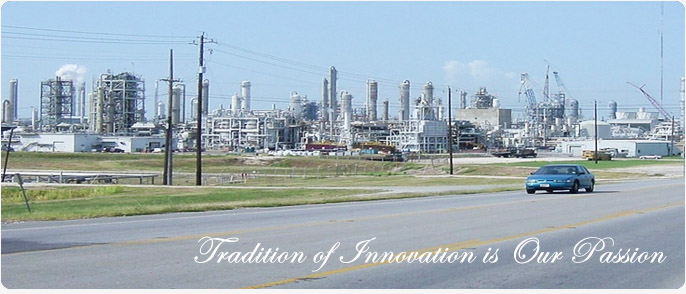
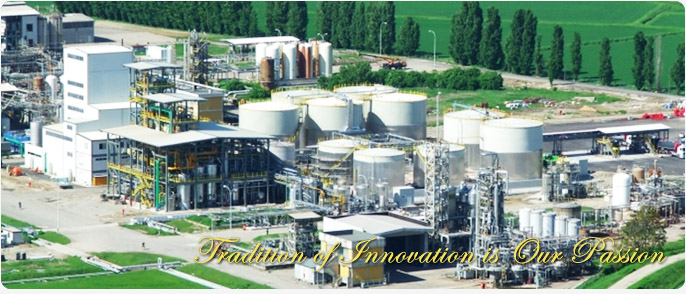

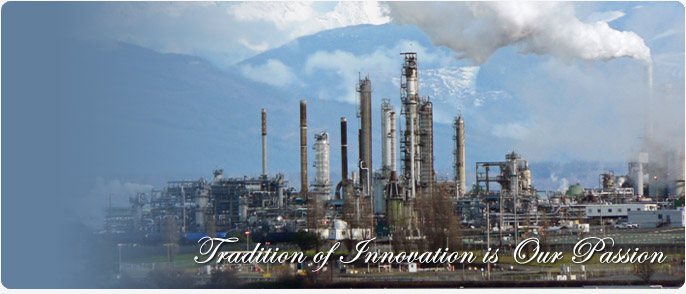


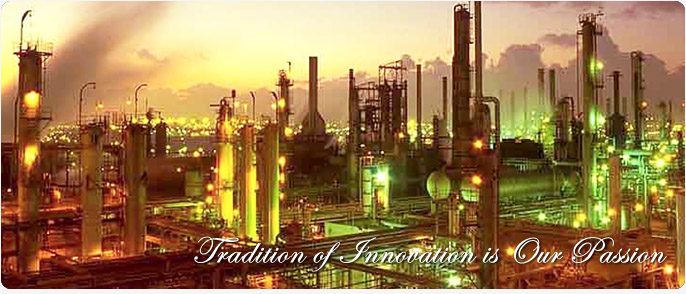
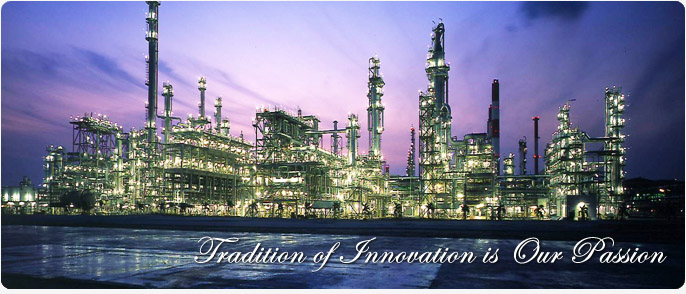

Sunarno
31 Agustus 2015
Doctoral Program
Chemical Engineering Department
Gadjah Mada University
Research Title:
Catalytic Cracking Bio-oil of Palms Oil Empty Fruit Bunches Into Liquid Bio-Fuel
Research Outline:
The need of energy is increasing and oil reserves as a primary energy resources is decreasing that is the reason why seeking alternative energy source is inevitable. Biomass especially palms oil empty fruit bunches (PEFB) which are abundant in Indonesia can be processed into bio-oil by pyrolysis process. The potential for direct substitution of bio-oil for petroleum may be limited due to the high viscosity, high oxygen content and corrosiveness. Consequently, upgrading of the bio-oil before use is desirable to give liquid product that can be used in a wider variety of applications. Furthermore, upgrading process, which is neccessary to improve the quality of bio-oil through reduction of oxygenates normally involves process such as catalytic cracking. One of the main challenges in catalytic cracking of bio-oil is undesired formation and retention of carbonaceous deposits, called coke. Coke causes catalyst deactivation through poisoning catalyst acid site and pore blockage. In order to minimize catalytic coke formation, Bio-oil derived from PEFB was upgraded through catalytic cracking using series tubular reactor under atmospheric pressure with zeolite mesoporous catalyst. The objective of this research is to study the effect of catalytic cracking temperature and thickness of bed catalyst to selectivity of aromatic hydrocarbon especially gasoline, to study kinetic catalytic cracking reaction of bio-oil and to study exergy analysis method. The catalytic cracking system consist of tube reactor, a liquid feed system, a liquid feed pump, furnace, stove, a gas of LPG system, a condenser and a cooler water pump. The process was conducted in continue with volumetric rate of bio-oil 10 ml/minute. Compound composition of bio-oil and product were measured using gas chromatography-mass spectroscopy (GC-MS).





